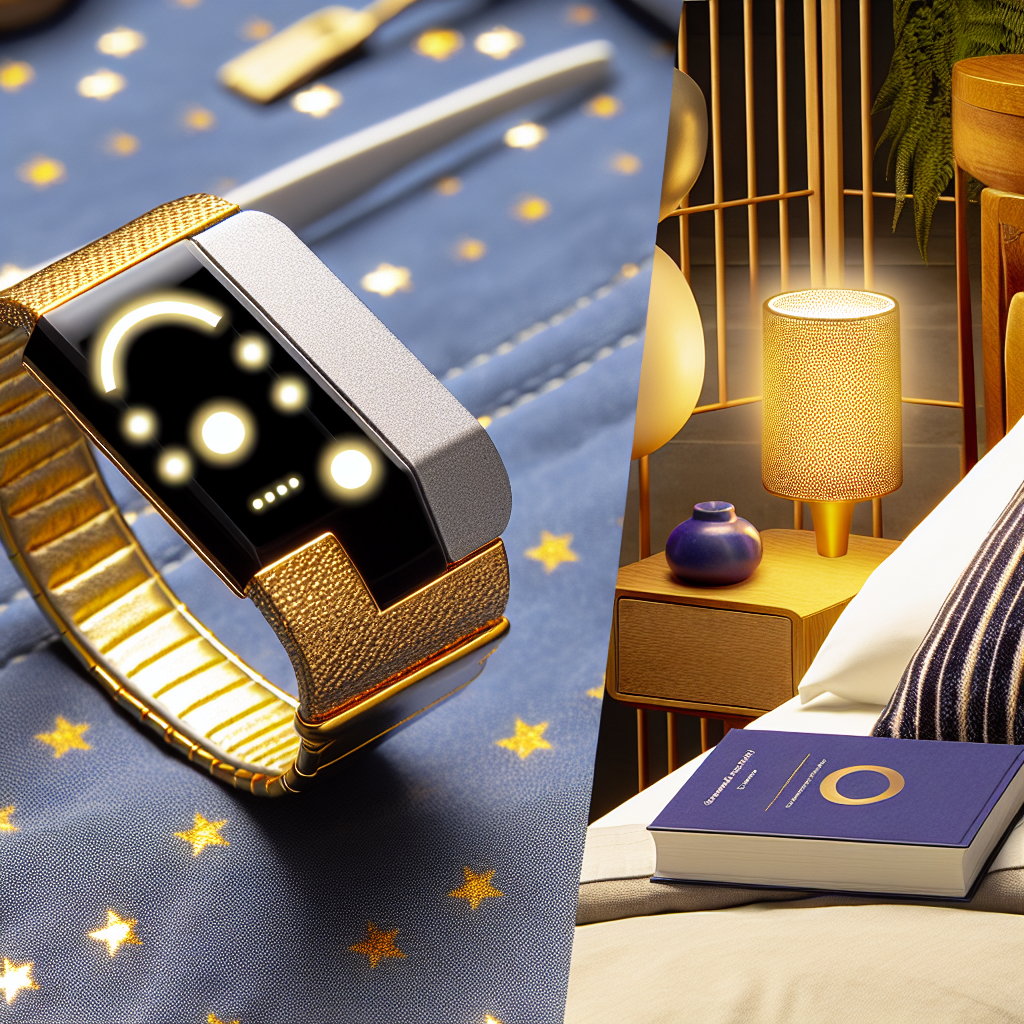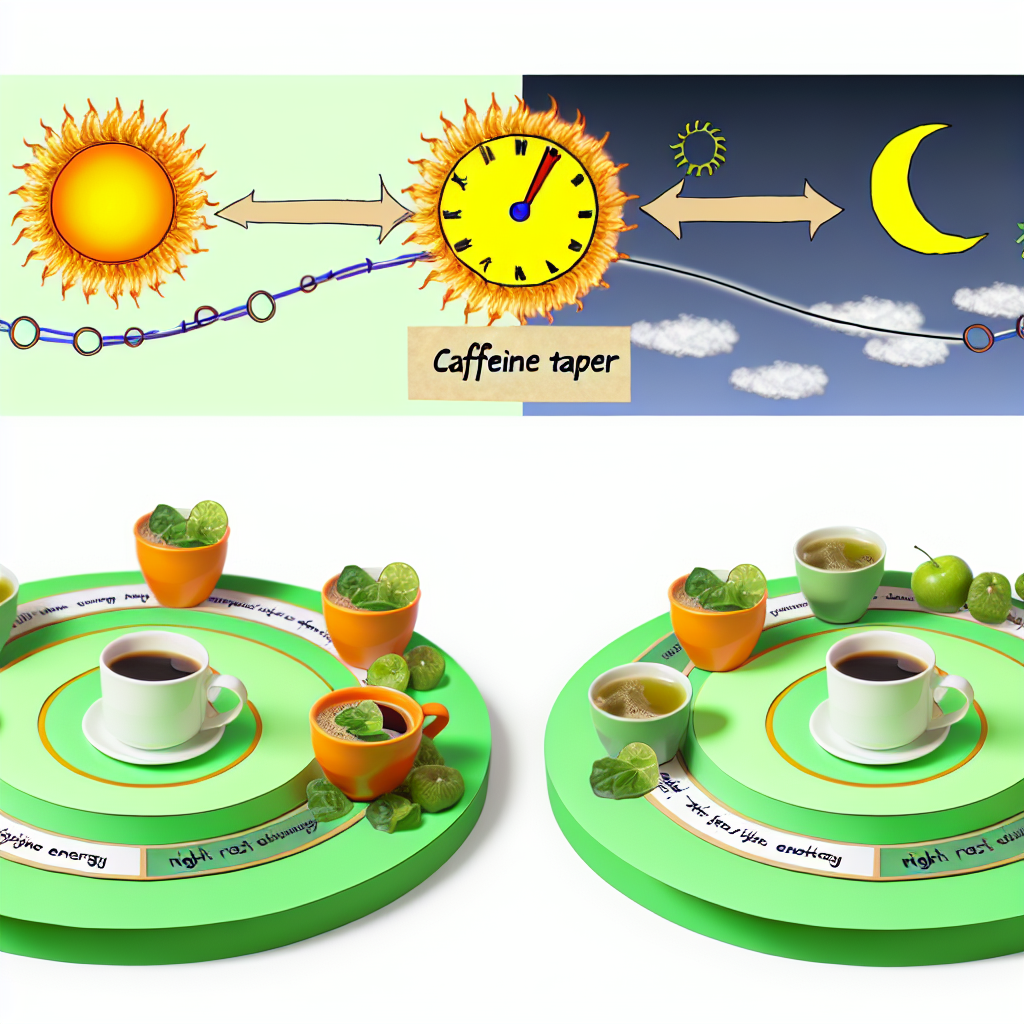Positional Correction Wearables: Luxury Solutions to Anatomical Sleep Disruption
Introduction
Getting a good night’s sleep is essential for maintaining overall health, cognitive function, and emotional well-being. Unfortunately, many people struggle with sleep disturbances caused by anatomical and positional factors. Conditions such as sleep apnea, chronic snoring, acid reflux, and musculoskeletal discomfort can significantly impact sleep quality.
While traditional solutions such as CPAP machines, orthopedic pillows, and sleep position training have been available for years, recent advancements in wearable technology have introduced a new level of comfort and efficacy—positional correction wearables.
Positional correction wearables are high-tech devices designed to help individuals adopt and maintain optimal sleep postures throughout the night. These devices include smart shirts, vibration-based monitors, and AI-powered headbands that gently correct posture in real-time. Unlike conventional therapies, which can be cumbersome or uncomfortable, these luxury wearables provide a seamless, non-invasive approach to improving sleep alignment and respiratory function.
With luxury sleep solutions becoming a growing trend, many of these wearables integrate with smartphones and smart home systems, providing users with real-time feedback, data tracking, and even AI-driven sleep coaching. These innovations not only help correct problematic sleep positions but also offer insights into overall sleep patterns, enabling personalized sleep improvement strategies.
As research continues to demonstrate the crucial connection between sleep posture and restorative rest, positional correction wearables are emerging as an effective and sophisticated alternative to traditional sleep aids. In this article, we explore the science behind these devices, their benefits, and how they are revolutionizing sleep health for individuals across all age groups.
The Science Behind Sleep Posture and Its Impact on Health
Scientific research has long supported the idea that sleep positioning plays a vital role in sleep quality and health outcomes. Several studies have demonstrated the positive impact of positional therapy on conditions like obstructive sleep apnea (OSA), snoring, and acid reflux—providing a strong foundation for the development of positional correction wearables.
A study published in the Journal of Clinical Sleep Medicine highlighted the effectiveness of positional therapy in patients with positional obstructive sleep apnea (POSA). Researchers found that individuals with POSA experienced significant reductions in apnea episodes when trained to sleep on their sides instead of their backs. Wearable positional correction devices enhance this therapy by automating the process, gently guiding users to remain in healthier sleep postures without discomfort.
For individuals suffering from GERD, sleep positioning is equally important. Research in the American Journal of Gastroenterology found that sleeping in an elevated position or sleeping on the left side reduced the frequency and severity of nighttime acid reflux episodes. Traditional wedge pillows can help, but wearables like smart positional shirts and adjustable sleep collars offer real-time, personalized adjustments, making them a more advanced and convenient solution.
Additionally, a study in Physiology & Behavior explored the relationship between sleep posture and musculoskeletal pain. Findings suggested that improper biomechanics during sleep often lead to chronic pain, stiffness, and tension. Wearable devices equipped with posture correction sensors and gentle vibration alerts help users maintain anatomically supportive positions throughout the night, preventing stress buildup in the neck, shoulders, and lower back.
Cutting-Edge Features of Luxury Positional Correction Wearables
Positional correction wearables are revolutionizing sleep health by offering innovative features that ensure optimal sleep posture throughout the night. Some of the most advanced capabilities include:
– Real-Time Posture Correction – Devices use vibration feedback to encourage proper sleep positions without disrupting sleep.
– AI and Machine Learning Integration – Personalized sleep improvement plans based on individual sleep history.
– Smart Synchronization – Integration with smartphone apps and smart home systems for sleep tracking and data analysis.
– Customizable Sleep Coaching – Biofeedback and predictive analytics guide users toward better sleep hygiene.
– Ergonomic Comfort Design – Lightweight and breathable materials ensure wearables are non-intrusive and comfortable.
Wearables that leverage these technologies provide a luxurious and highly personalized approach to sleep optimization, making them a preferred solution for individuals seeking an effortless way to improve their sleep health.
How Sleep Wearables Are Transforming Sleep Health
Beyond assisting in sleep posture correction, these high-tech wearables contribute to overall sleep hygiene by integrating advanced sleep tracking and biofeedback features.
A report published in the Sleep Health Journal found that real-time sleep coaching, facilitated through wearable biofeedback devices, significantly improved sleep efficiency and overall sleep satisfaction. These features are especially beneficial for individuals struggling with sleep disorders, poor habits, or inconsistent sleep schedules.
Moreover, as AI continues to advance, sleep wearables are becoming increasingly adaptive. Some devices now analyze past sleep data to anticipate and prevent potential sleep disruptions before they occur. These predictive capabilities highlight the future of sleep health—one that is proactive, responsive, and personalized.
The Future of Sleep Optimization: A New Era of Smart Sleep Solutions
As sleep research continues to highlight the importance of posture in achieving restorative sleep, the demand for positional correction wearables is expected to rise. Unlike traditional methods—which often require bulky devices or uncomfortable adjustments—positional wearables provide real-time, non-invasive corrections, guiding sleepers into healthier positions naturally.
With continuous advancements in AI, machine learning, and smart integration, the future of sleep wearables promises even greater personalization and effectiveness. Whether addressing a medical condition like sleep apnea or simply seeking a higher quality of rest, positional correction wearables present a cutting-edge solution for optimizing sleep health.
Final Thoughts
Positional correction wearables are redefining how individuals approach sleep health. By blending luxury, innovation, and science-backed effectiveness, these devices offer an intelligent, non-invasive approach to addressing sleep disorders and improving overall well-being.
With research emphasizing the importance of sleep posture, and technology enabling seamless solutions, the future of sleep health lies in smart, wearable innovation. Stay ahead of the curve and transform your sleep experience with the next generation of positional correction wearables.
Summary:
Positional correction wearables are luxury, high-tech devices that help individuals maintain optimal sleep postures throughout the night. These innovative solutions leverage advanced features like real-time posture correction, AI-driven sleep coaching, and smart home integration to address sleep issues like sleep apnea, acid reflux, and musculoskeletal pain. As research continues to highlight the crucial connection between sleep posture and restorative rest, these cutting-edge wearables are revolutionizing the way people approach sleep health, offering a personalized and seamless path to better sleep quality.

Dominic E. is a passionate filmmaker navigating the exciting intersection of art and science. By day, he delves into the complexities of the human body as a full-time medical writer, meticulously translating intricate medical concepts into accessible and engaging narratives. By night, he explores the boundless realm of cinematic storytelling, crafting narratives that evoke emotion and challenge perspectives.
Film Student and Full-time Medical Writer for ContentVendor.com




